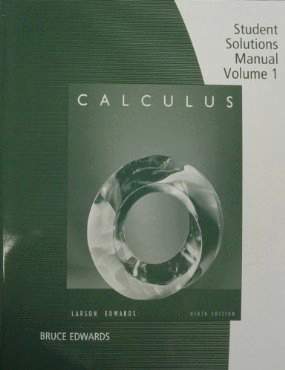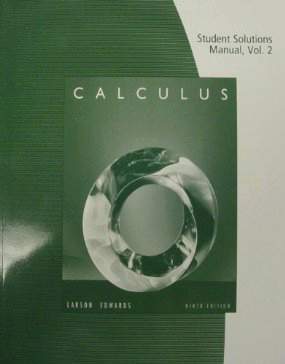Connecting...

This is a quick preview of the lesson. For full access, please Log In or Sign up.
For more information, please see full course syllabus of College Calculus: Level I
For more information, please see full course syllabus of College Calculus: Level I
College Calculus: Level I The Power Rule
Lecture Description
In this lesson we are going to take a look at the power rule, deriving some instances of the power rule and then using it to different shapes and functions. In calculus, the power rule is used to differentiate functions of the form f(x)=x^r, whenever r is a real number. Since differentiation is a linear operation, polynomials can also be differentiated using this rule. So, first, we are going to give the power rule in general which will be used all the time through calculus. Then we will see two additional equations that will give us the power rule for function with constant and power rule for sum/difference of two functions.
Bookmark & Share
Embed
Share this knowledge with your friends!
Copy & Paste this embed code into your website’s HTML
Please ensure that your website editor is in text mode when you paste the code.(In Wordpress, the mode button is on the top right corner.)
×
Since this lesson is not free, only the preview will appear on your website.
- - Allow users to view the embedded video in full-size.
Next Lecture
Previous Lecture










































 Answer Engine
Answer Engine





1 answer
Mon Nov 12, 2018 6:57 PM
Post by Samatar Farah on October 30, 2018
The audio files for the additional examples do not exist.
0 answers
Post by Vance Bower on February 22, 2016
On the practice questions, there is a derivative that is "Y=x^1/3" or y=x tot eh one third. They say the answer is 1/3x^-1/3. Why isn't that 1/3 x^-2/3, if f(x^n)=nx^n-1?
1 answer
Last reply by: Mohamed Al Mohannadi
Sat Sep 10, 2016 10:34 AM
Post by Maryam Ahmad on October 21, 2015
I swear I just wana say that People like me; students like me who can not afford 50 or 60 bucks for an hour and are so keen to learn and do good in exams so we can have better grade for class...are struggling so HARD!! Seriously
My Heart aces to say that the system of Education in United States is not what I hoped for when I came here.. Professors simply just DONT CARE!! (talking about Uni Level tho) .. All they care is to be ahead of syllabus.. and dn't get me wrong I am PAYING for this but this does not HURT because the explanation was so beautiful that I actually understood!! and it is sooo SAD when you pay 25,000$ an year un UNI but its not worth it because there is no such thing TEACHING happening and there is no such thing LEARNING happening...!! A humble THANK YOU from a struggling Immigrant Student (I really had a lot bottled up on my chest)
0 answers
Post by Andrew Demidenko on June 7, 2015
http://en.wikipedia.org/wiki/Power_rule
0 answers
Post by john doe on December 18, 2014
Very smooth teaching - no stuttering and pauses so easy to follow the train of thought. Very well done!!!!
0 answers
Post by Eric Nunez on March 20, 2013
I just have to say that in Example 3 problem (i) your detailed explanation of (7x) and the constant 3 blew my mind. When you forced it into the structure of the power rule a switch flipped for me. Thank you so much for your ultra detailed explanation.
2 answers
Last reply by: abbas esmailzadeh
Sat Dec 3, 2011 5:43 PM
Post by abbas esmailzadeh on December 3, 2011
when i logoff and logon how can i trace the last lecture i takeoff from
1 answer
Last reply by: Pamela Larson
Fri Jan 21, 2011 11:49 AM
Post by Pamela Larson on January 21, 2011
Derivatives, part 1; the power rule, Example 3 is not working at approx. 14:05...... Can you please fix this,
Thanks